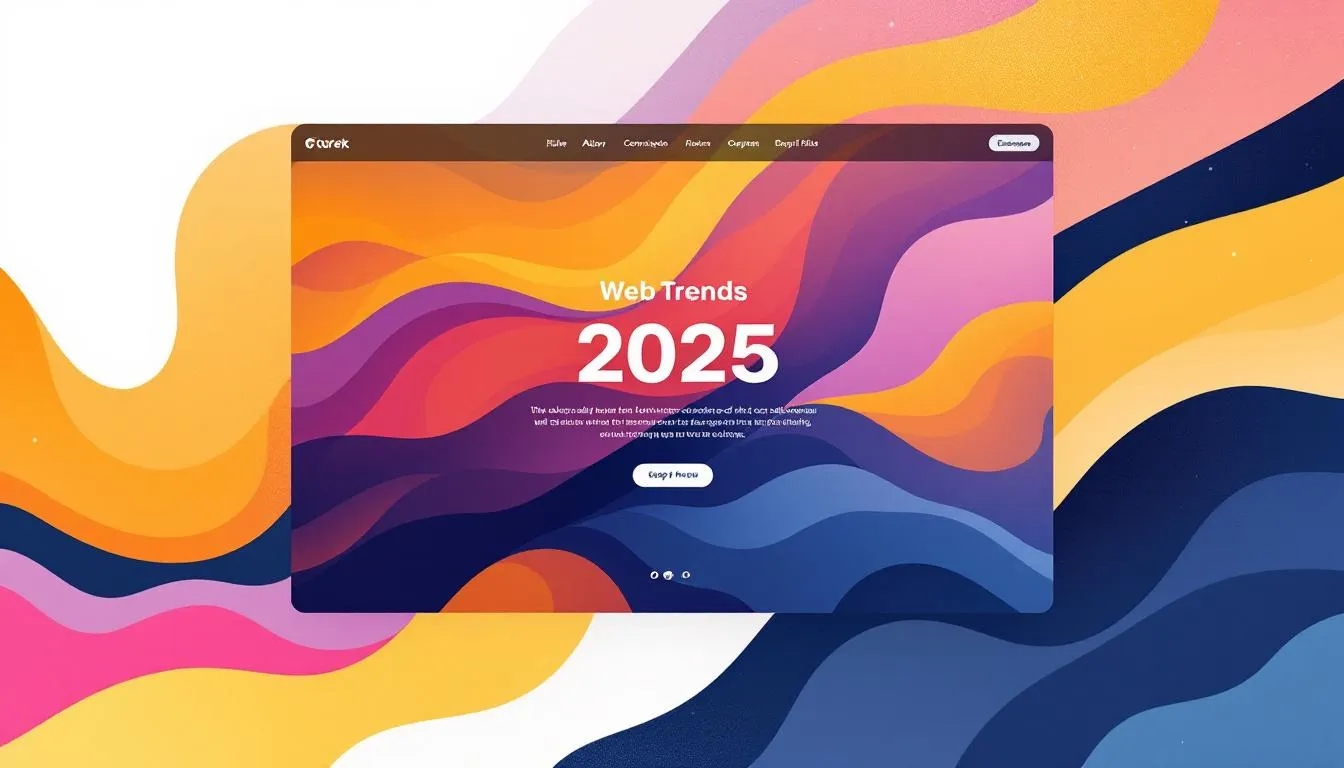From Brutalism to Accessibility-First, Here’s What’s Defining the Look and Feel of the Web This Year
Web design in 2025 is a blend of rebellion, refinement, and responsibility. We’re seeing trends that challenge aesthetic norms, embrace new interfaces, and—finally—prioritize inclusivity over flash. Let’s break down the most important movements shaping the digital landscape this year.
1. Brutalism: The Web’s Punk Rock Phase
Gone are the days of playing it safe with rounded corners and sanitized whitespace. Brutalism in web design is about raw, honest, and sometimes jarring layouts that grab your attention and refuse to apologize.
What it looks like:
- Monospace fonts
- Grid-breaking layouts
- High-contrast, intentionally clunky aesthetics
Why it works:
It signals authenticity and anti-corporate boldness. Startups, artists, and indie creators love it because it screams, “This isn’t your mom’s website.”
2. Neuromorphism: Soft, Subtle, and Slick
Neuromorphism (a portmanteau of “neural” and “skeuomorphism”) brings that soft, tactile, almost pillowy feel to interfaces. It’s like your buttons want to be petted.
Key characteristics:
- Soft inner and outer shadows
- Pastel color palettes
- Interfaces that mimic depth and elevation
The caveat:
Beautiful? Yes. Accessible? Not always. Designers must be careful to contrast foreground and background elements clearly—users with visual impairments still need to see where to click.
3. Accessibility-First Design: Not a Trend—A Mandate
Accessibility isn’t a design trend, but it’s finally being treated like a baseline requirement, not a bonus feature. In 2025, WCAG compliance is just table stakes.
What it includes:
- High-contrast themes and adjustable font sizes
- Keyboard navigation and screen reader support
- Semantic HTML, ARIA roles, and properly labeled forms
The ROI of inclusion:
Accessible sites reach more people, rank better in search, and face fewer legal risks. It’s also just the right thing to do—design should work for everyone.
4. Bonus: Anti-Design and Maximalism Are Still Here (Loudly)
Think chaotic colors, over-the-top animations, and typography that breaks the grid and the rules. It’s not for every brand, but it’s still trending hard on the fringes.
What It All Means
In 2025, the web is going through a bit of an identity crisis—but in the best way. We’re seeing design split between two poles: raw expression and polished utility. Brutalism dares you to look. Neuromorphism invites you to touch. Accessibility demands you consider everyone.
Whichever way you lean, the real trend is intentionality. Don’t chase aesthetics blindly—know your audience, serve their needs, and don’t be afraid to push boundaries when it counts.


